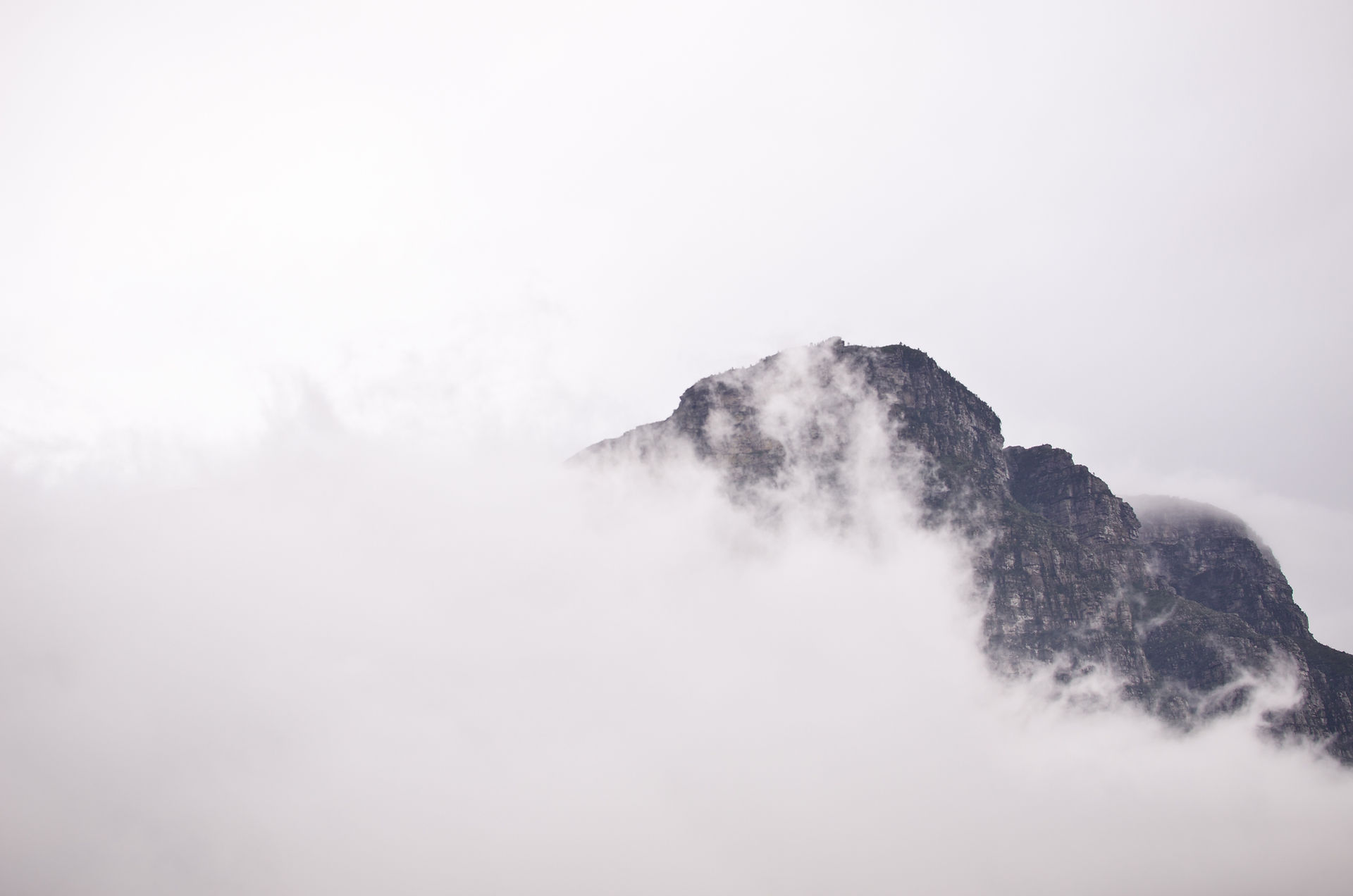- eminergy
- Jan 3, 2024
- 2 min read
Nestled amidst the vast and diverse landscape of China, the Sacred Mountains of Taoism stand as silent sentinels, echoing the ancient wisdom of Taoist philosophy. These mystical peaks, imbued with spiritual significance, have drawn pilgrims, philosophers, and seekers of enlightenment for centuries. Let's embark on a journey to discover the essence of Taoism through the exploration of the Four Most Famous Taoist Peaks in China.
Mount Hua (Huashan): The Western Peak of Transformation
As one of the Five Great Mountains of China, Mount Hua, also known as Huashan, stands majestically in the Shaanxi province. Regarded as the Western Peak in Taoist tradition, Mount Hua is renowned for its steep cliffs, narrow pathways, and breathtaking vistas. Taoist hermits and monks have sought solace in its caves, contemplating the ever-changing nature of existence. The treacherous ascent to the mountain's summits is considered a symbolic journey of self-discovery, reflecting the transformative nature of the Tao.

Mount Tai (Taishan): The Eastern Peak of Sunrise
In the eastern part of China, the revered Mount Tai, or Taishan, rises above the landscape with a commanding presence. Known as the Eastern Peak in Taoism, Mount Tai is associated with the rising sun and renewal. Emperors of ancient China undertook pilgrimages to Mount Tai to seek blessings for their reigns, emphasizing the harmonious connection between the ruler and the Tao. The mountain's grandeur and historical significance make it a UNESCO World Heritage Site and a cultural symbol of Chinese civilization.
Mount Heng (Hengshan): The Southern Peak of Stability
Located in the southern part of China, Mount Heng, or Hengshan, is revered as the Southern Peak in Taoist tradition. This mountain is characterized by its tranquil surroundings and ancient temples, serving as a place of spiritual reflection and stability. Taoist sages have long regarded Mount Heng as a symbol of grounding and balance, emphasizing the importance of harmony with the natural order. The sacred energy that permeates the mountain invites visitors to connect with the essence of Tao and find tranquility amid life's tumultuous journey.
Mount Song (Songshan): The Central Peak of Centering
Nestled in the central plains of China, Mount Song, or Songshan, holds the title of the Central Peak in Taoist cosmology. Embraced by dense forests and steep slopes, Mount Song is home to the famous Shaolin Monastery, a bastion of martial arts and Zen Buddhism. The mountain embodies the Taoist principle of centering, emphasizing the importance of finding inner balance amidst the chaos of the external world. Pilgrims and practitioners visit Mount Song to seek enlightenment, martial arts mastery, and a deeper understanding of the Tao.
The Sacred Mountains of Taoism stand as living testaments to the enduring wisdom and spiritual depth of Taoist philosophy. As we journey through Mount Hua, Mount Tai, Mount Heng, and Mount Song, we discover not only the physical beauty of these peaks but also the profound insights they offer into the nature of existence. These mountains beckon us to embark on a pilgrimage of the soul, reminding us that in the stillness of nature, we can uncover the eternal truths of the Tao.




